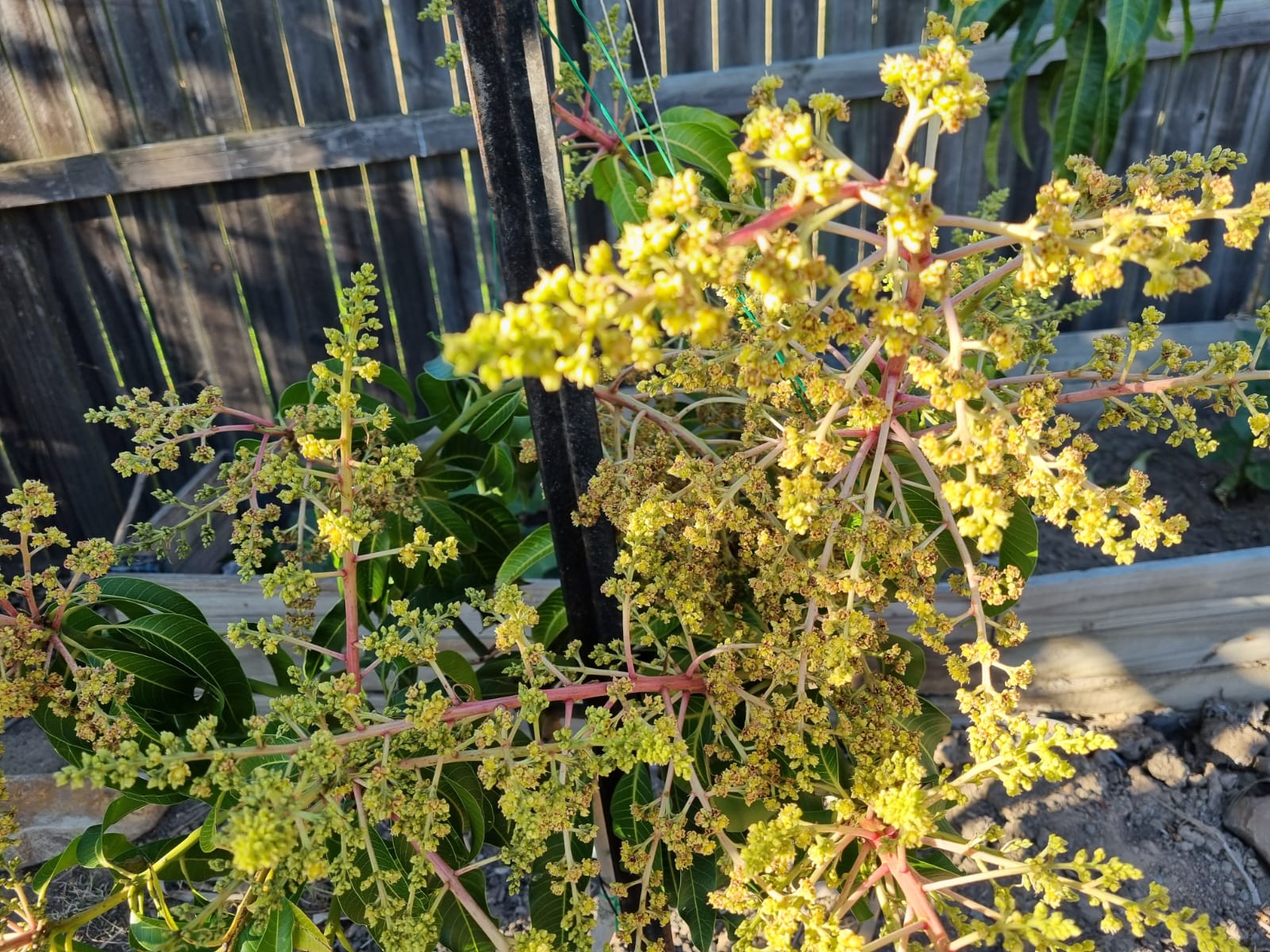Mango Pollination process
Mango pollination is the essential process by which pollen is transferred from the male reproductive organs (anthers) to the female reproductive organs (stigma) of the mango flower. Successful pollination is a critical step in the formation of mango fruits, as it determines the size, quality, and quantity of the yield.
Mango flowers are classified as "perfect" flowers, meaning they contain both male and female reproductive parts. However, mango trees typically exhibit a phenomenon known as "protandry," where the male organs mature before the female ones. This temporal separation helps reduce self-pollination and increases genetic diversity within the mango population.
The Role of Mango Pollinators
While some mango varieties are capable of self-pollination, natural pollinators play a crucial role in ensuring efficient and effective pollination. Insects, particularly bees and flies, are the primary pollinators of mangoes. As they collect nectar from the flowers, they inadvertently transfer pollen, enabling fertilization.
The Pollination Process
-
Flower Anatomy: Mango flowers have five petals, with one being modified into a central structure called the pistil, containing the stigma (female part) and ovary. Surrounding the pistil are numerous stamens, each bearing an anther loaded with pollen.
-
Pollinator Visits: As pollinators visit the flowers in search of nectar, they brush against the stamens, picking up pollen grains.
-
Transfer of Pollen: When the pollinators move to another flower, the pollen grains are deposited onto the stigma, initiating fertilization.
-
Fertilization: Once fertilized, the ovary develops into a fruit, and the petals fall off.
Challenges and Solutions
Mango pollination is not without its challenges. Factors like climate, weather conditions, habitat loss, and pesticide use can impact pollinator populations and, consequently, mango yields. To mitigate these challenges, sustainable agricultural practices are essential. Farmers can implement techniques like planting pollinator-friendly plants, reducing pesticide use, and creating suitable habitats for pollinators.
Human-Assisted Pollination: In some cases, human-assisted pollination is employed to ensure optimal fruit set. This method involves collecting pollen from male flowers and transferring it to the stigma of female flowers using brushes or other tools.
